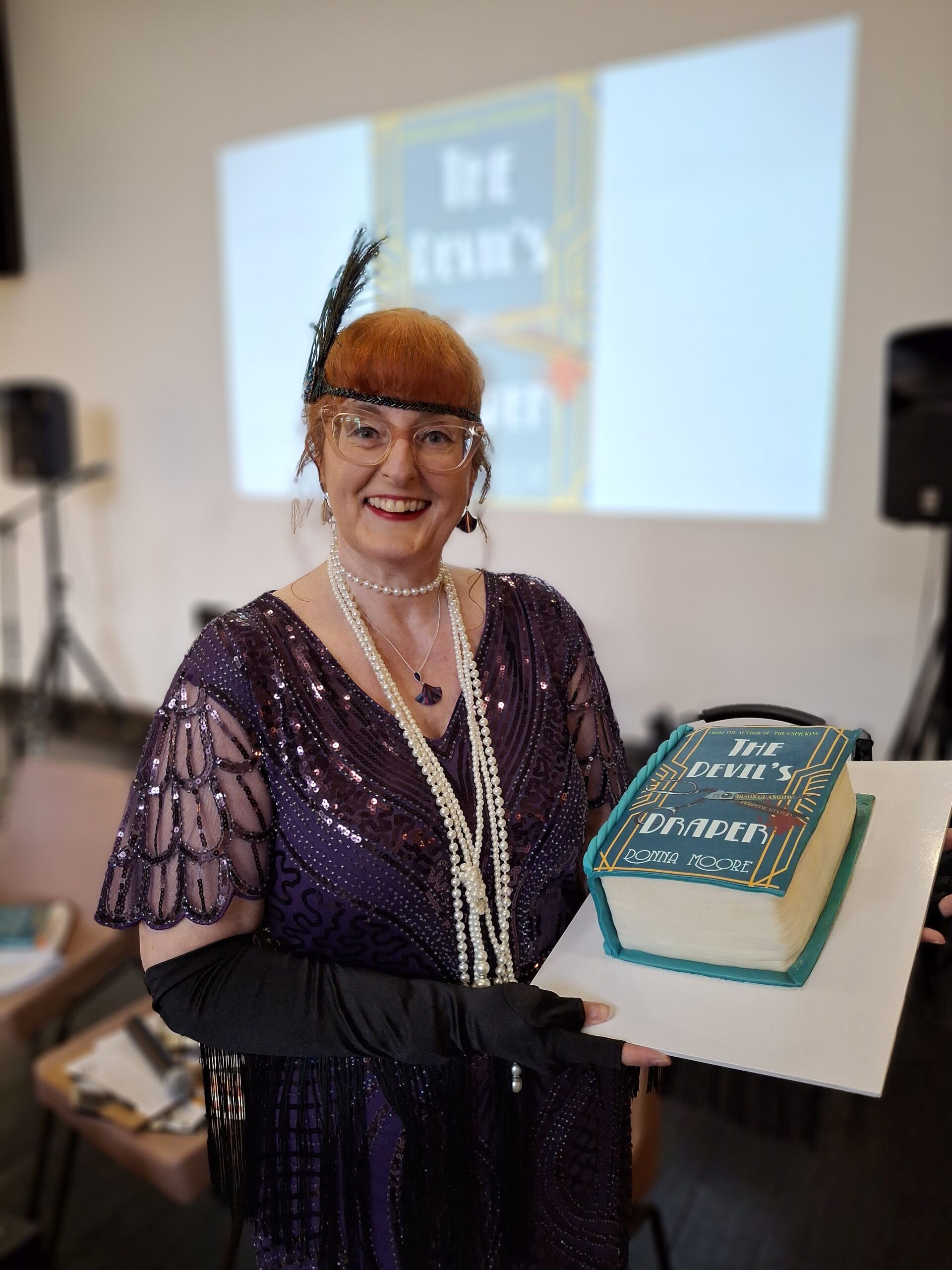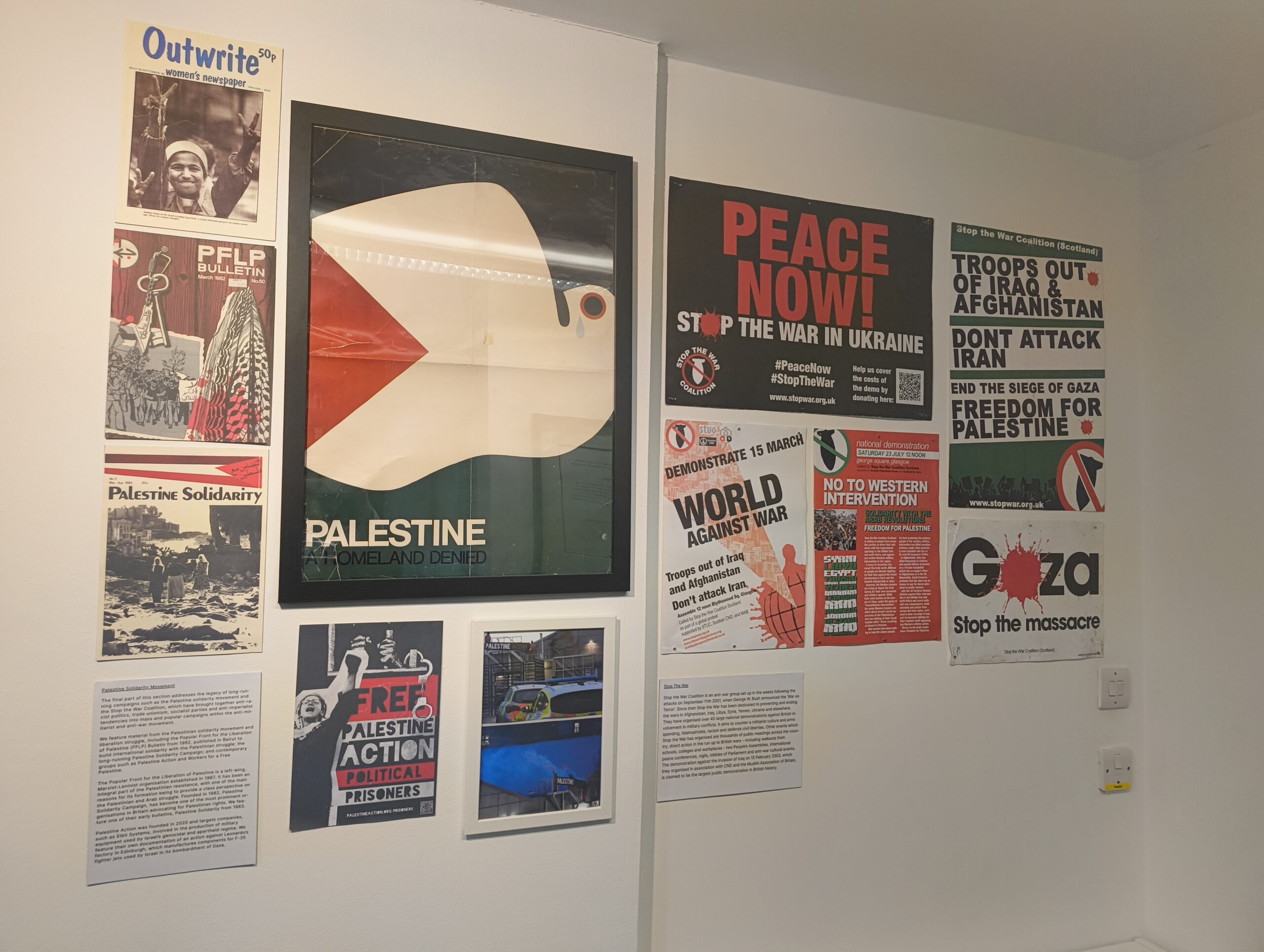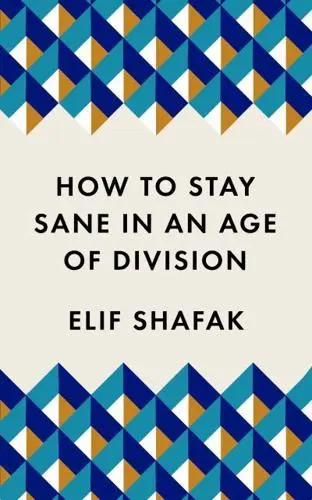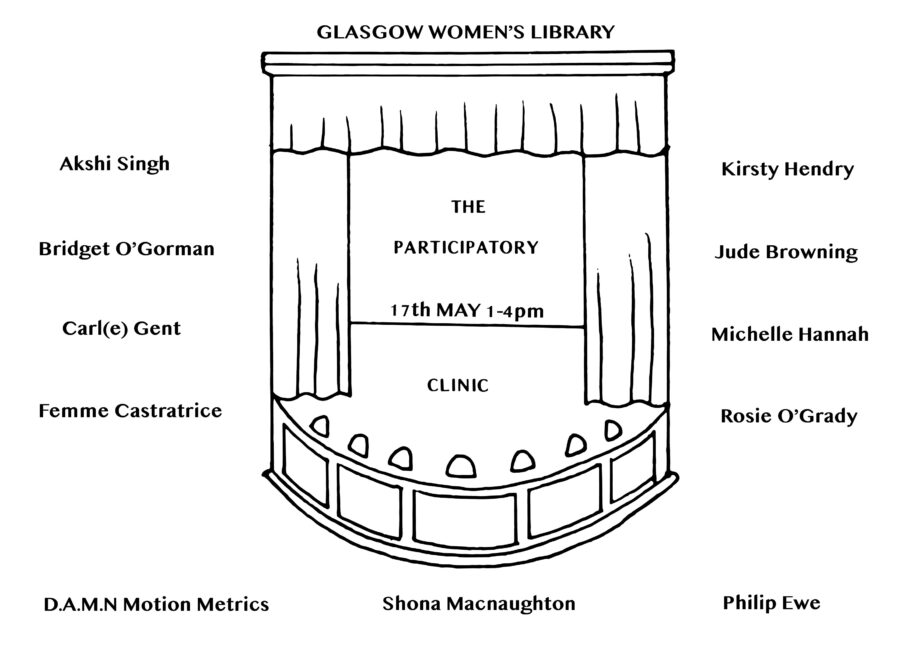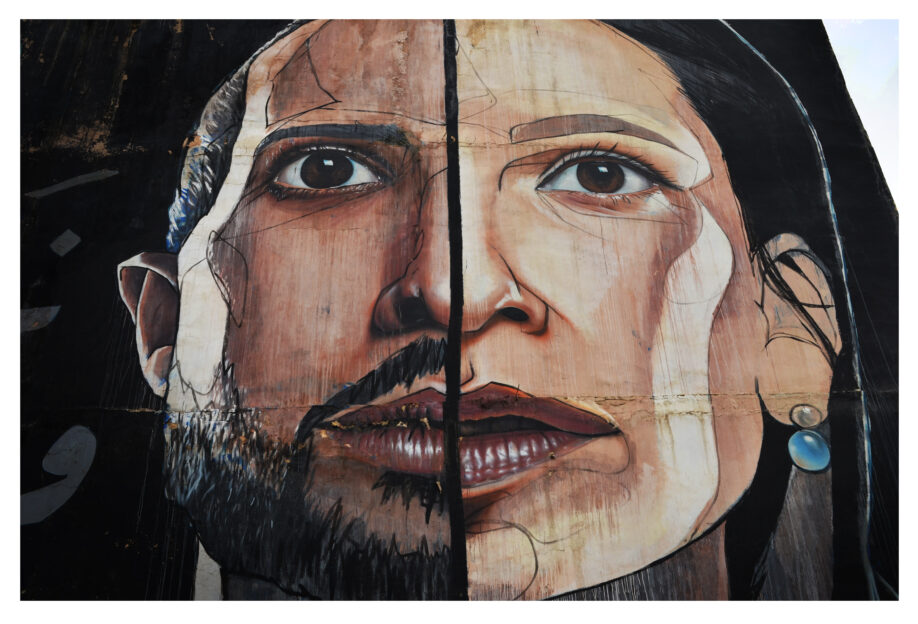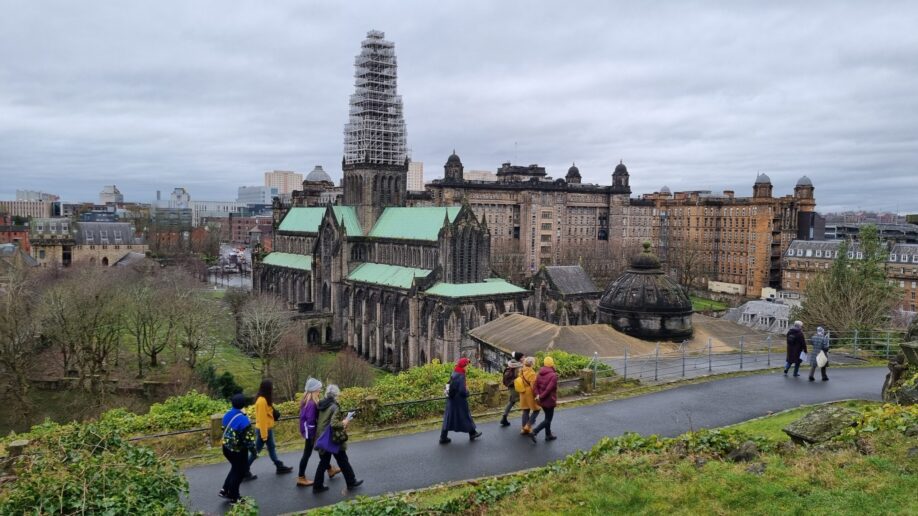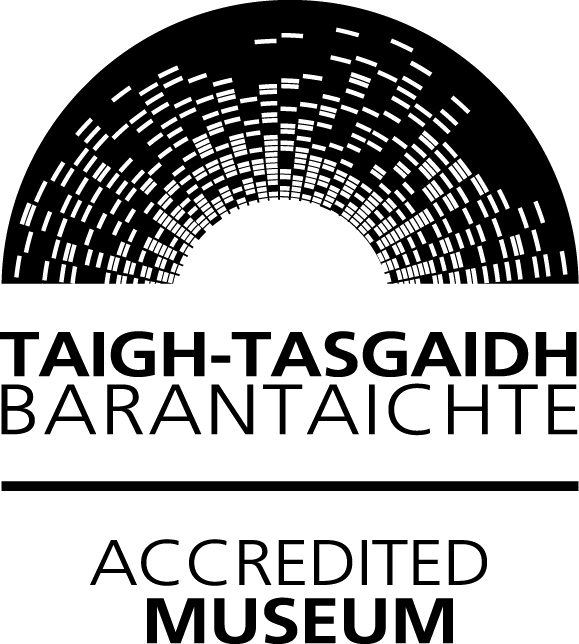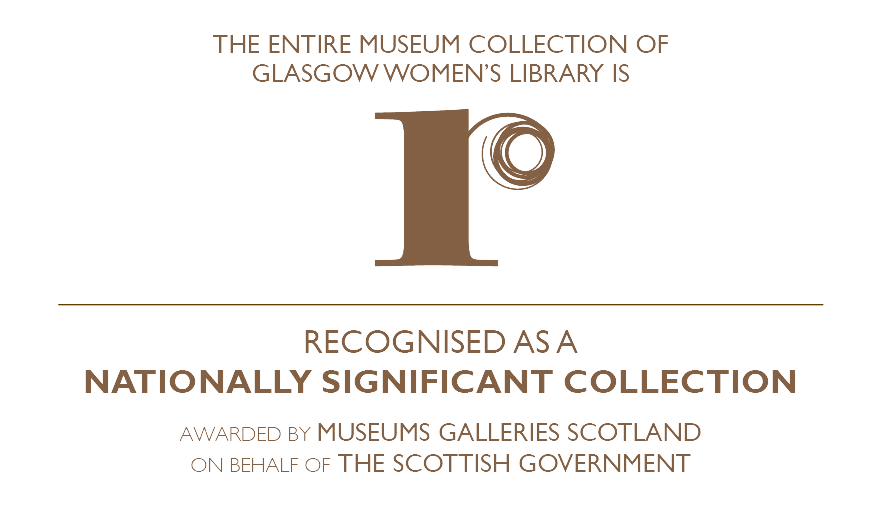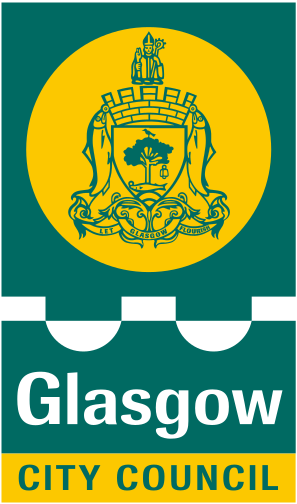Sammy, the fantastic new Receptionist and Information Assistant, has been rummaging in GWL’s archives. In this blog post she gives an introduction to one of our rare lesbian journals, Arena 3.
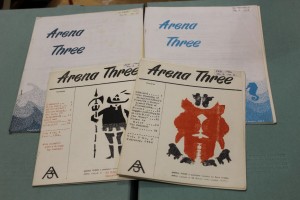
Deep in the archives of Glasgow Women’s Library – well, actually not that deep – lies two archive boxes filled to the brim with Arena Three publications ranging from 1963 to 1972. These magazines were written by Esme Langley (a British writer and founder of The Minorities Research Group) who accepted sole responsibility for publishing the magazine so that accusations of a “Lesbian Conspiracy” could not be made.
In the beginning, the Arena Three editorial board was largely dependent on the national and local press to advertise its existence to potential subscribers. Arena Three was distributed by post to a database of members and did not go on open sale in lesbian venues and in newsagents until 1969, making it particularly important in the early years to attract postal subscriptions. The magazine’s initial readership was gained by pre-publication notices in the American lesbian magazine The Ladder; which we also have in Glasgow Women’s Library. The result of the pre-publication notices in The Ladder led to many of the first subscribers being American.
Arena Three was circulated years before the Sexual Offences Act (1967), which made sexual acts between men over the age of 21 legal. Lesbian and bisexual women were not part of this Act and the law largely ignored their existence until the late twentieth century. In spite of this lack of awareness, lesbian and bisexual women were taking action to address the needs and interests of their community to publish the first British magazine aimed at lesbian and bisexual women.
In the first issue of the publication Langley takes time out in the first page to explain the ideas behind the magazine:
“In answer to numerous requests for information about the activities of the Group, we would explain that it was founded in the Spring of 1963 to conduct and to collaborate in research into the homosexual condition, especially as it concerns women; and to disseminate information and items of interest to universities, institutes, social and educational workers, writers, poets, editors, employers and, in short, all those genuinely in quest of enlightenment about what has been called ‘The misty, unmapped world of feminine homosexuality.’”
The first article in the January 1964 issue of Arena Three discusses the public image of “women homosexuals”. Hillary Benno, the author of the article, is sent out on a mission to interview members of the public about their perception of “female homosexuals”. Benno concludes that the editor might as well have sent her out looking for the public image of a heterosexual woman for all the difference it made. Benno then shares a letter extract from Britain’s distinguished female writer Iris Murdoch:
“What needs to be recognised, is that homosexuals are perfectly ordinary people and vary as much as heterosexuals.”
In August 1964 Arena Three took out advertisements in The Spectator and Private Eye, inviting “lonely lesbians” to read Arena Three.
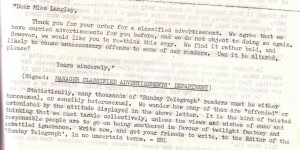
Following on from this adverts, Arena Three commenced a national advertising campaign which was met with some reluctance from certain newspapers to print adverts. This became more difficult as Arena Three became more established and gained a larger advertising budget. In the October 1967 Arena Three reprinted a letter of refusal from the Sunday Telegraph advertising section. A mere two months later copies of further letters sent by Esme Langley to the editors of the Observer and The Sunday Times protesting at their refusal to publish adverts for Arena Three were reprinted in the magazine. The situation in following months did not improve and in August 1970 an entire issue of Arena Three was dedicated to the problem. The issue contained reprints of letters from advertising executives refusing Arena Three’s advertisements.
Arena Three was an incredibly bold publication that showed the lesbian and bisexual community were standing up for their rights and not sitting in silence. The publication is for and by lesbian and bisexual women which gave support and laughter to their subscribers throughout its print run. It changed life for the better for a number of very unhappy people and this alone is enough to justify its existence. It also helped open the minds of once close-minded people to the issues, needs and interests of lesbian and bisexual women. So come along to the library and have a look at a major contribution to the social evolution of women in the form of Arena Three.
Would you like to flick through the pages of Arena 3 and explore this fascinating journal? Then get in touch with our Archivists, Laura Stevens and Lindsey Short, to arrange a visit. The Library is open Monday – Friday 09.30 – 16.30, excluding some bank holidays.

